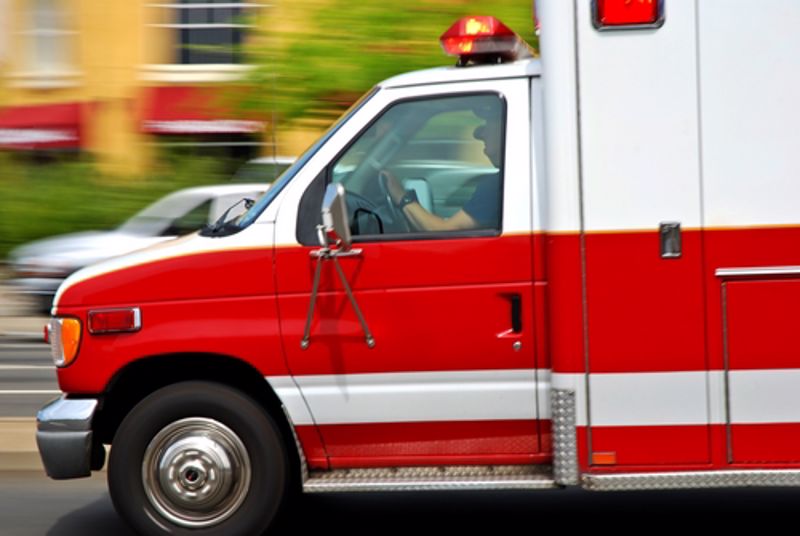
The potential impact of 5G on emergency response
By Max BurkhalterAugust 29, 2021
The rollout of 5G isn't only going to benefit private users of computers or Wi-Fi nodes; TechRadar notes that it is going to benefit the entire next generation of mobile networks, including public safety. Here's how emergency response can be expected to leverage 5G in the months ahead.
Quick emergency live streams
If a bystander or non-medically trained first responder were asked to describe a head wound really quickly without an online dictionary or literature, what would they do? At this point, there are a lot of constraints with how emergency services work. Whether the police, fire brigade or ambulance services are to be called at a time of emergency, verbal communication is the preferred way to do it. Even before the support of the ambulance arrives, video footage from the scene either through dash cams or body cams is used which is physically stored and carried back for reference later. With 5G technology, the data can be streamed in real-time back to the controllers, and life or death decisions can be made in the moment by trained medical professionals even if there are none on scene. Non-trained personnel are no longer required to describe the events of the scene with the medical staff because they can instead witness it themselves.
Connecting ambulances
Current communications for emergency services are doing well, but as advances are made, emergency services are recommended to use the latest technological developments to the benefit of society. One such application that requires low-latency and faster connectivity is real-time video. Whether authorities at a command center want to look at a drone used by the fire brigade or body cam footage by a police officer, real-time videos help them in understanding what's happening right there and then. In support of the new 5G-enabled emergency vehicles, the interplay between controllers and responders will be optimized. Whether an ambulance, police van, or fire and rescue are concerned, the first means of transportation requires people to move to and forth from danger to a place that has treatment and safety.

With 5G, the vehicles are likely to become only rolling network centers and the central link in this entire chain will promote communication to the ground and back to the center with people in charge. The decision of whether more support to the emergency is required or whether more backup is required will instead be centrally controlled. Connected ambulances are more likely to benefit as they are used as a connection hub. This will allow real-time streaming of patients' data to emergency rooms across the country. Instead of getting to the hospital and emergency room, and then looking up the patient's information, with 5G networks, we're in a position to send the data to the hospital in advance.
Slow rollout to be expected
According to TechRadar, the slow rollout is driven by massive demand for 5G from the private sector, and the fact that 5G capability can mean significant investment. Emergency service providers are required to update their wearable tech and vehicles to 5G, and the same is required in emergency rooms for adoption to be complete. Considerable investment is required across control rooms, in addition to the price of portable devices such as drones, body cams, and other devices for an entire department to be 5G compliant.
Perle can help ensure hardware is up to date and capable of supporting 5G. Read our customer success stories to learn more.



